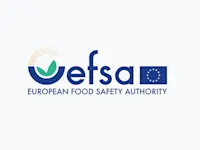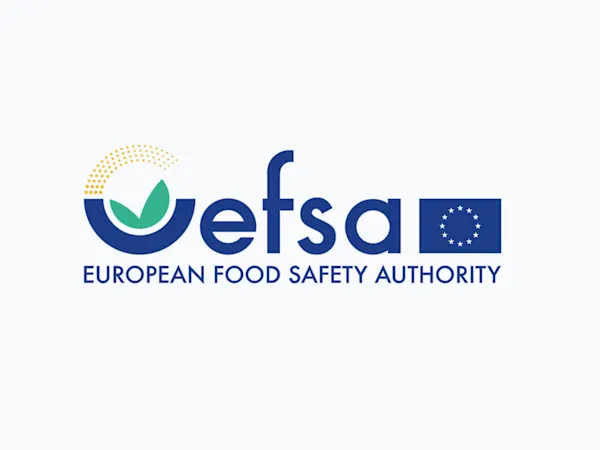
EU Ministers Press Commission on Delayed REACH Revision Amid Industry and Environmental Demands
EU Member States urge the Commission to accelerate the REACH revision, citing urgent health, environmental, and industry competitiveness needs.


PMC Vlissingen Netherlands BV filed a lawsuit against the European Commission at the General Court of the European Union (Case T-169/24). The case disputes the new regulation classifying dibutyltin oxide (DBTO) as a Category 1B reproductive toxicant, which means it is considered highly toxic to reproduction. PMC, represented by lawyers J.-P. Montfort, P. Chopova-Leprêtre, and N. Kyriazopoulou, aims to have this regulation annulled and seeks to have the Commission pay for the legal costs.
PMC Vlissingen’s lawsuit is based on four main arguments, each pointing out issues with how the European Commission handled the regulation process:
This case highlights the ongoing debates and disagreements between chemical companies and regulatory authorities over the safety classifications of substances. PMC’s challenge brings attention to the importance of how scientific evidence is assessed and the procedures followed in regulatory decisions. The outcome of this case could have significant implications for how substances are regulated in the future.
If PMC wins, it could lead to stricter requirements for evaluating scientific data and more rigorous procedural compliance for regulatory bodies. This would potentially make it more difficult for the European Commission to classify substances without comprehensive and clear evidence, ensuring a more transparent and scientifically sound regulatory process.
Foresight continuously tracks 1000s of sources and maps updates to your portfolio:




EU Member States urge the Commission to accelerate the REACH revision, citing urgent health, environmental, and industry competitiveness needs.

The EU has classified DBDPE as a substance of very high concern (SVHC) due to vPvB properties, affecting manufacturers and downstream users of flame retardants.

EFSA launches consultation on updating its Weight of Evidence and Biological Relevance guidance, aiming to streamline chemical risk assessment practices.
Subscribe to Foresight Weekly and get the latest insights on regulatory changes affecting chemical compliance.
Free forever. Unsubscribe anytime.
Read by professionals at